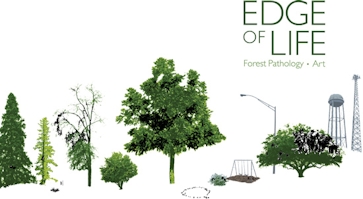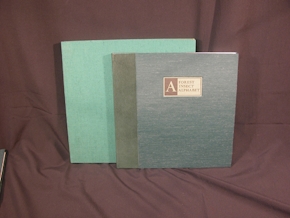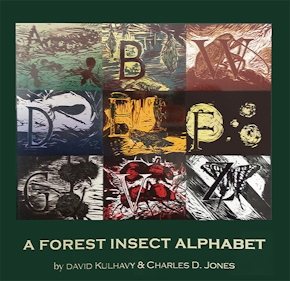The Edge of Life
Forest Pathology Art
978-1-936205-31-8 Cloth
10 x 7 x 0 in
108 pp. 64 color images.
Pub Date: 12/13/2011
Available
BUY NOW
- Cloth $35.95
The arts and sciences are linked in a long, interdependent tradition. Art delves into humanity’s internal questions about our understanding of our place within nature. Science delves into the external mechanics of nature in search of similar knowledge and understanding of these problems. Art imaginatively makes visible intangible ideas by placing abstract concepts into concrete form. Forest pathology makes evident forest diseases through identifying signs and symptoms of forest pathogens. The Edge of Life pairs art work and specimen and provides the catalyst for discussion regarding how pathogens and invasive species affect the health of our forests, and how artists communicate concerns about contemporary ecological issues, translating their ideas through their media. Pathogens and invasive species have an inherent allure. The forms can be beautiful and repulsive, elegant in simplicity and complexity. Awareness of pathogens leads to understanding their mechanics, which develops cognizance on how our actions affect global, natural health. Forest pathologists study the unseen microscopic diseases through the visible symptoms—such as shelf fungi, known as conks or sporophores—learning to read the health of a forest ecosystem through the health of individual trees. The disease triangle illustrates the intrinsically linked co-dependency of Host-Pathogen-Environment. Pathogens transfer between and depend on host/s for survival and reproduction. Environment enables rapid spread of pathogens. Transference of pathogens is fertile ground for lessons of human behavior through artistically illuminated metaphor.
About the Author
Published by Stephen F. Austin University Press


